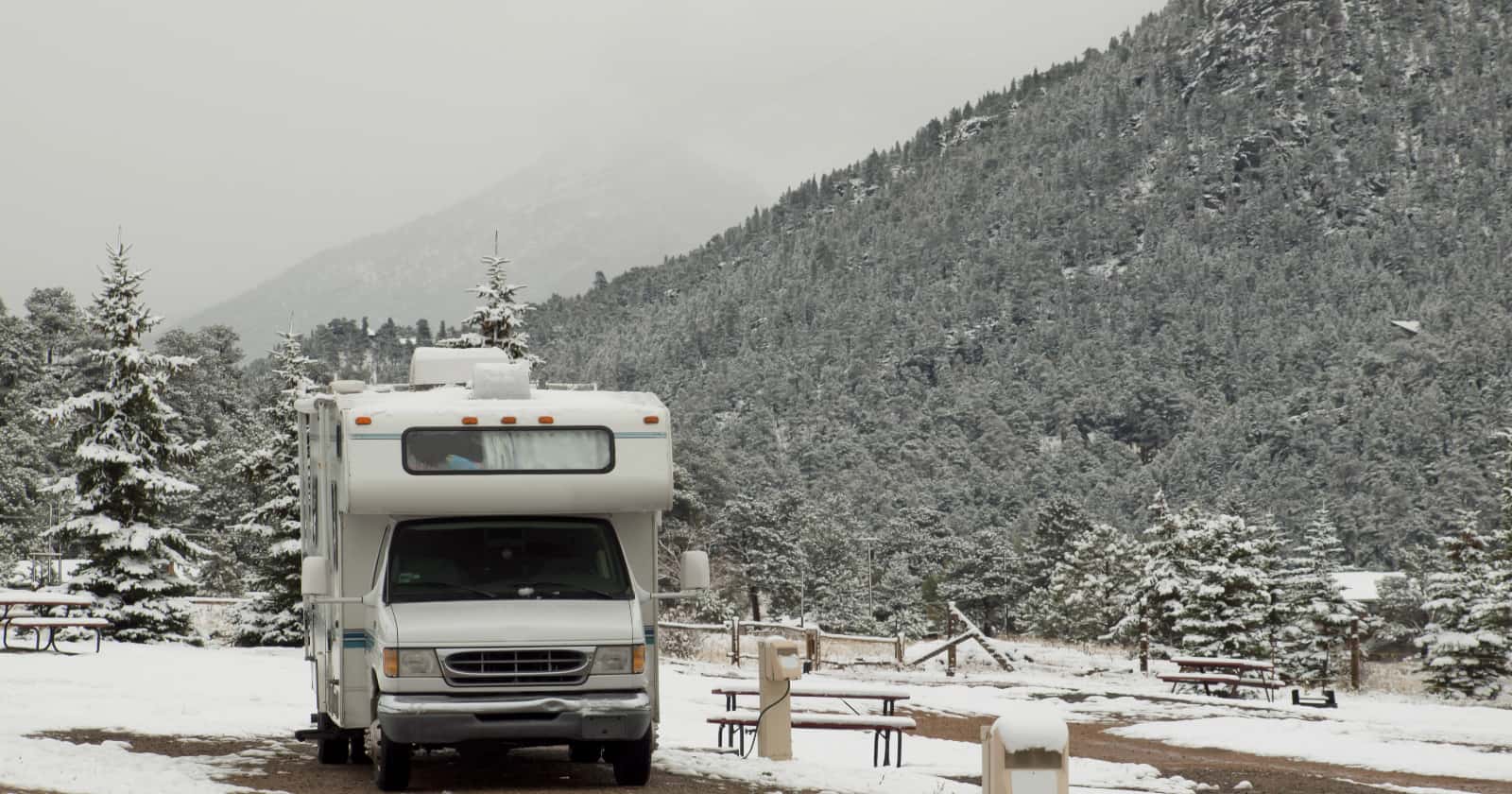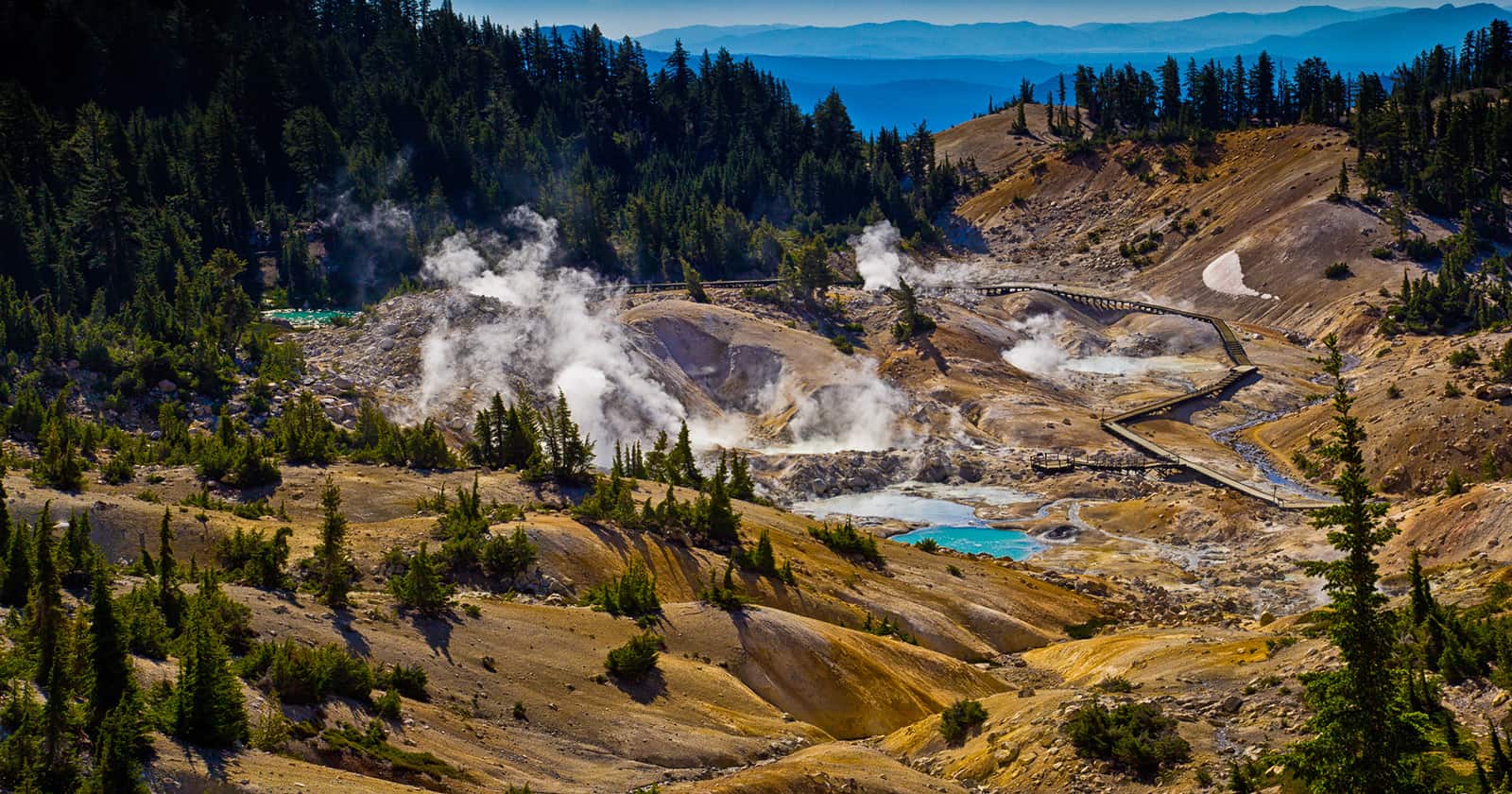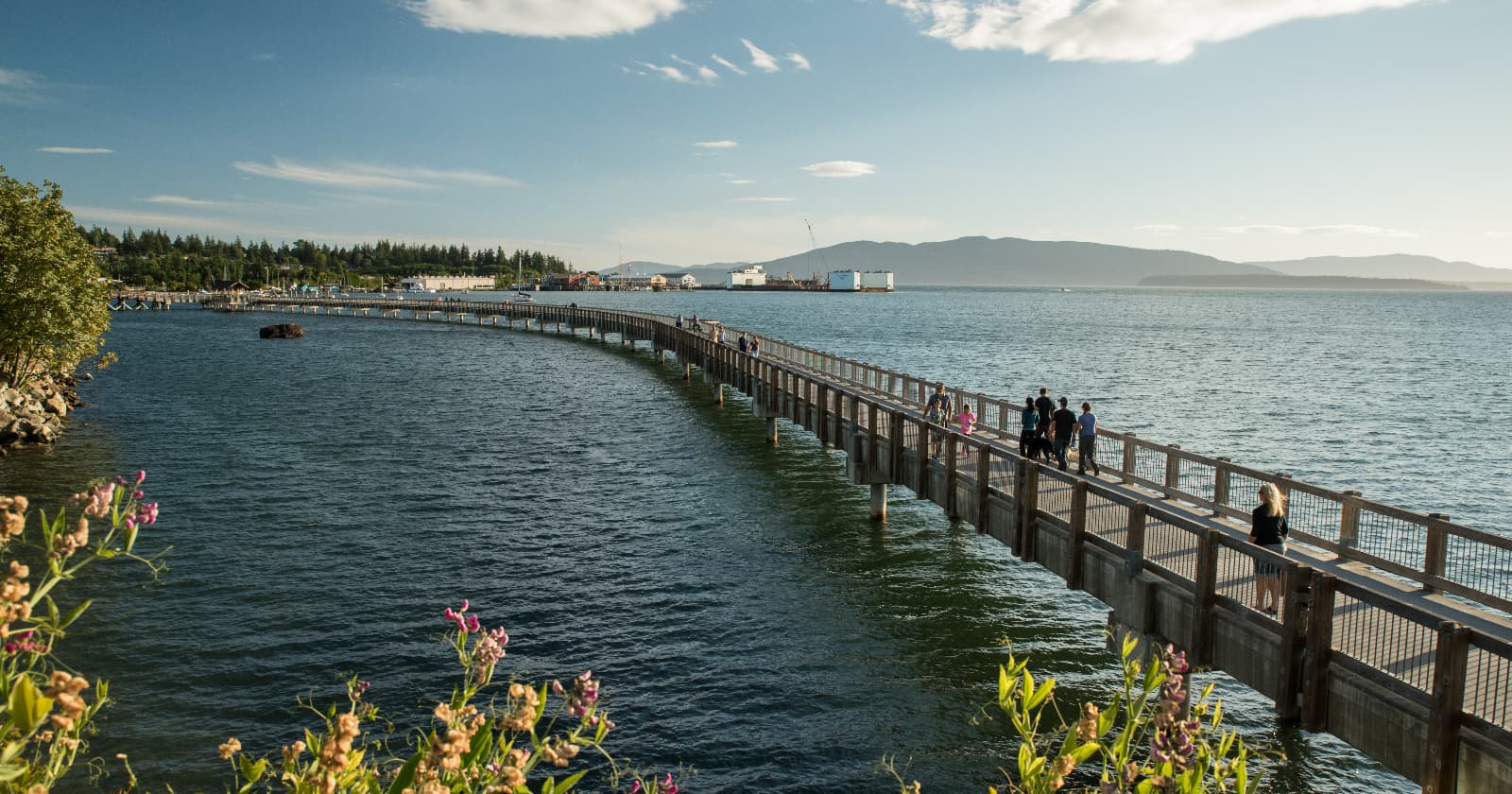Preparing for a Safe and Enjoyable Camping Adventure in Baja California: Essential Tips and Advice
Looking for one of the coolest and most adventurous places to take your RV? Camping in Baja California is about as amazing as it gets. This gorgeous peninsula provides some of the most incredible opportunities to connect with nature and is an ideal escape.
Yes, Baja is wonderful. That said, there are some things you’ll want to do to prepare for camping in Baja California. Taking the steps below will help keep you safe, healthy, and comfortable for the duration of your adventure so you can focus solely on having an amazing time!
Check Your Passport: Requirements for Crossing the Border into Baja California
First and foremost you will need to pull out your passport and make sure it’s still valid. Don’t have a passport? You’ll need to apply for one because a passport (or passport card) is required in order to cross the border.
Note: If you do need to apply for a passport or renew your current passport, be sure to allow plenty of time, as delays can and do happen.
Invest in Mexican Insurance: Protecting Your Vehicle and Yourself
In addition to a passport, you will also need vehicle insurance. Mexican liability insurance is required by law, and really, you should probably go ahead and purchase comprehensive and collision insurance while you’re at it unless your RV insurance already covers you down in Mexico. (I know Progressive RV insurance does, but not their regular vehicle insurance.)
Check-In With Your Lender: Important Steps to Take Before Crossing the Border
Something we learned the hard way is that you are supposed to have a letter of permission from your lender if there is still a lien on your vehicle. This letter needs to state that the lender has given you permission to take the vehicle out of the country, and it needs to be notarized.
Know Where to Stop for an FMM: Understanding Forma Migratoria Múltiple
The last piece of paperwork you need is an FMM form. FMM stands for Forma Migratoria Múltiple, which is a Multiple Immigration Form required for foreign visitors entering Mexico. It’s a document that allows visitors to stay in the country for tourism, business, or transit purposes.
You can purchase your FMM online and print it out, but you will want to make sure to print the receipt as well, and you do still need to stop at the border to have the paper stamped. Another option is to wait and purchase the FMM at the border.
Installing a Solar Power System: Boondocking and Off-Grid Camping in Baja California
Planning to do some boondocking while camping in Baja California? There are some amazing beach boondocking opportunities down there. That said, in order to take advantage of these places, we highly recommend installing a solar power system.
Very few people use generators in Baja, and using one will almost certainly be annoying to your neighbors. Besides, fuel can be hard to come by, and there is plenty of sunshine to power your rig.
Staying Connected in Baja California: Tips for Internet and Phone Coverage
Need to stay connected while in Baja? If so, you will want to plan in advance. Some US cell providers do have coverage in Baja, but they will charge you fees for international usage. For this reason, we highly recommend stopping in at any OXXO convenience store location after you arrive and buying a Telcel SIM card (“chip”).
Telcel is the biggest cell phone company on the peninsula, and you will have Telcel coverage in all the major cities and towns, plus some surprisingly remote areas. Additionally, their plans are quite cheap (including a two-hour unlimited data option for just 15 pesos at the time of this writing, early 2023).
Cell service is one way to stay connected while in Baja, but if you need internet to work in less populated areas, it isn’t the best option. Instead, we recommend grabbing that Telcel card and pairing it with Starlink. You will need a pure sine wave inverter (NOT modified sine wave) to run the Starlink off your RV battery (or battery bank), but having Starlink will allow you to be connected even in very remote places.
Note: US Starlink users are allowed two months of international use before they must return to their home country.
Removing Tinted Windows: Understanding Mexican Laws and Regulations
Did you know tinted windows are illegal in Mexico? We learned this before we left the states and ended up using a hair dryer to peel the tint from our car windows. Honestly, it might be totally fine to leave a light tint up, but we wanted to play it safe just in case.
Preparing for Road Conditions: Why Extra Tires are a Must-Have for Baja Camping
The roads in Baja have improved tremendously in recent years. Still, they can be rough. Huge potholes are not uncommon, and the roads are narrow, so avoiding these potholes is nearly impossible. Pair that with sand and gravel washboard roads, and you’re just asking for tire problems. It certainly explains why there are so many tire shops (llanteras) throughout Baja.
Be sure to pack at least one extra tire for each of your vehicles, and if one of your vehicles requires tires of an unusual size, consider packing two extras. Of course, you’ll also want to pack all the tools you need to change those tires!
Learn To Use Google Translate
Can’t speak Spanish? You might be worried about heading to a Spanish-speaking country. Fortunately, it’s totally possible to travel to Baja without knowing Spanish. That said, there are some areas where the locals will not speak any English.
In these cases, it’s good to have Google Translate downloaded. Be sure you also download the Spanish translations so that internet access isn’t required in order to communicate with others.
Another thing you’ll want to download? Maps of the peninsula. There are many areas where cell service is completely non-existent. Therefore, if you’re relying on your phone’s GPS to tell you the way, it’s best to have maps of the area downloaded. Of course, keeping a paper map on hand is probably a good idea as well.
Grab a Surge Protector With an Electrical Management System
While camping in Baja California, we did come across a couple of campgrounds with sketchy electric hookups. For this reason, I highly recommend packing a high-quality surge protector with a built-in electrical management system to protect your RV’s wiring.
Take Anything You Can’t Live Without
There are some things you simply can’t find in Baja. Therefore, if there is a certain food, drink, medication, or any other item you really cannot live without until you arrive back in the states, you will want to make sure to pack it.
Note: While you will want to take anything that is necessary, we also recommend leaving valuables that you don’t absolutely need at home.
Know What You Can’t Take
Yes, you will want to pack anything you can’t live without, but it’s important to make sure those items aren’t included on the list of things you can’t take over the border. This includes produce and meats, among other things.
Additionally, it’s important to note that you could be charged a tax if you bring unopened items into the country, so don’t try to bring your unopened solar panels in like our friends did!
Learn the Rules of the Road
For the most part, driving in Baja is much like driving in the US. That said, there are a few key things you should know.
Go Slow
As we mentioned before, the roads in many places are less-than-stellar. Besides that, they are often narrow, sometimes leaving almost no space between you and oncoming traffic. Add some steep mountains into the mix, and things can get truly terrifying, especially for those in bigger vehicles.
Slowing down makes all the difference in the world. Go as slow as you need to. The people behind you will pass.
Help People Pass
Speaking of people passing you, if you can, let the people behind you know there is no oncoming traffic and that it’s safe to pass by turning on your left turn signal. Planning to actually make a left turn? Watch for people who assume you’re telling them to pass before you do!
Watch for Topes
Topes are speed bumps, and they are everywhere. Usually, they are marked by a sign, but sometimes they are not. Watch out for these, as hitting them at full speed could do some serious damage to your vehicle.
Look Out for Animals
Another thing to watch for? Animals. There are cows, goats, horses, donkeys, and more all wandering freely in Baja and you definitely don’t want to hit them.
Signal When Slowing
If you have to slow down for something ahead (like one of the aforementioned animals), be sure to signal this to the people behind you by turning on your emergency lights.
Never Drive at Night
Those potholes, topes, and animals can make driving in the dark super dangerous. Therefore, we recommend doing all driving during the daytime.
Always Get Gas When You Can
There are sections on Baja where you can drive for a couple of hours and never see a gas station. For this reason, it’s important that you always stop for gas when you see a station, even if you really don’t need to fill up yet.
(Side note: Similar to New Jersey and Oregon in the US, gas stations in Mexico have attendants who fill your gas for you. For some travelers this is pretty annoying to deal with, so be aware of it going in.)
Stop at Stop Signs
You’ll notice that in many areas the locals don’t seem to really stop at stop signs. Don’t follow suit. You do have to stop at the stop signs, and failing to do so could result in a ticket.
Be Prepared for Military Checkpoints
Last but not least, you should know about military checkpoints. These are placed along the main highways in Baja, and you will have to pass through them to get anywhere. Sometimes you will just be waved through, but other times the military personnel at these checkpoints will want to search your vehicle.
If this is the case, be sure to follow the person doing the search. While it isn’t the norm, there have been reports of people being robbed during these searches. If they do try to take anything, simply say “no,” and they will likely put it down. Putting valuables away and investing in a dash cam will also help keep the guards honest.
There you have it, everything we wished we had known before we headed down to beautiful Baja. Hopefully, this article helps you plan for your adventure camping in Baja California!




